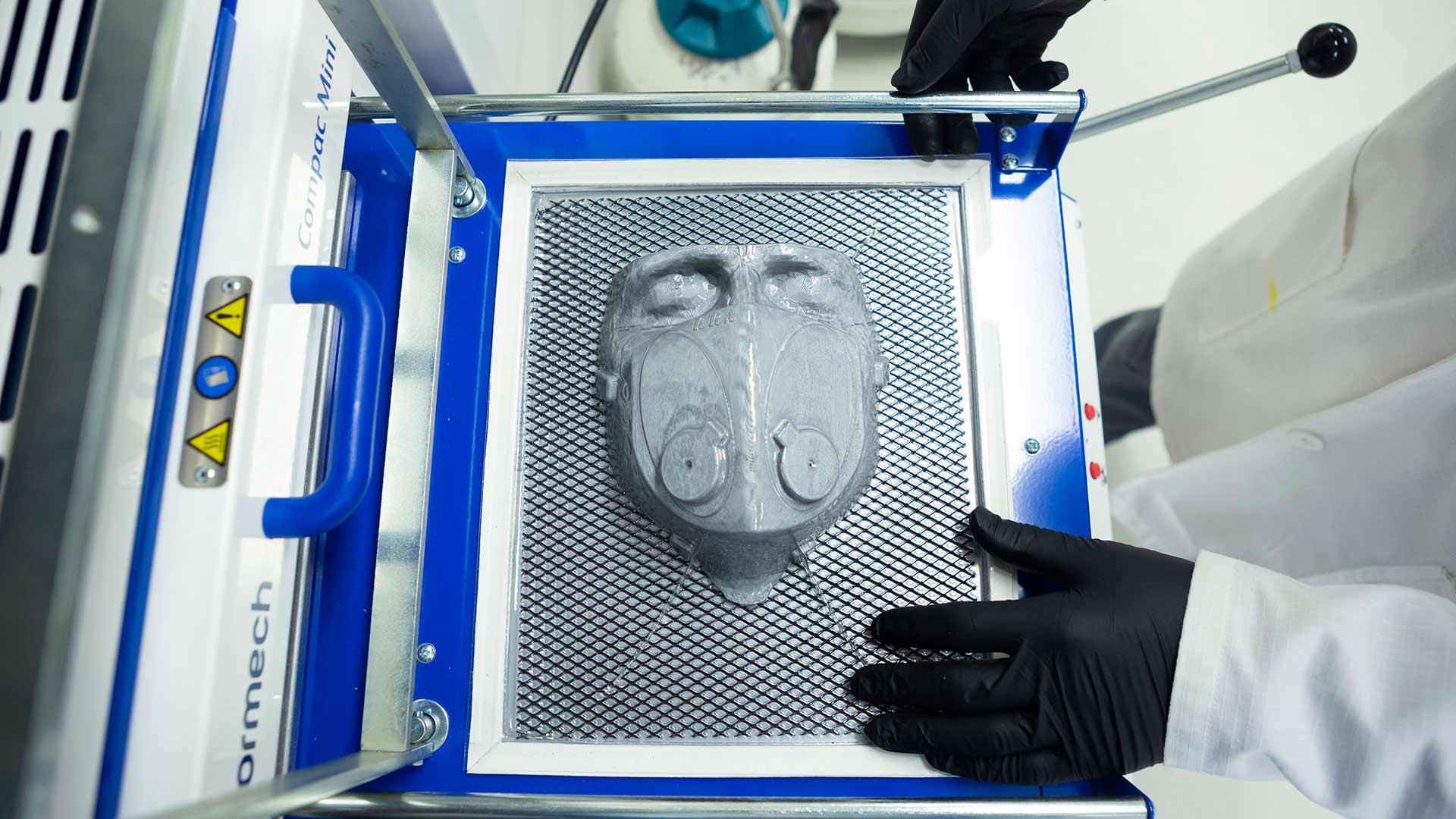USM researchers are engineering solutions to the challenges presented by COVID-19, as well as adapting existing processes and facilities to rapidly deploy equipment to the medical community. In addition, USM incubators and research parks are providing businesses with access to USM expertise and state-of-the-art facilities, allowing them to accelerate innovations and bring them into market.
Department of Chemistry
Salisbury University

Center for Sustainability in the Built Environment
University of Maryland, College Park

Center for Sustainability in the Built Environment
University of Maryland, College Park

A. James Clark School of Engineering
University of Maryland, College Park

Robert E. Fischell Institute for Biomedical Devices, Department of Mechanical Engineering & Terrapinworks (UMD) & University of Maryland School of Medicine (UMB)
University of Maryland, College Park
University of Maryland, Baltimore


Robert E. Fischell Institute for Biomedical Devices & Department of Mechanical Engineering
University of Maryland, College Park

UM Ventures
University of Maryland, Baltimore

bwtech@UMBC Research & Technology Park
University of Maryland, Baltimore County

Techport
University of Maryland, College Park

Robert E. Fischell Institute for Biomedical Devices, A. James Clark School of Engineering (UMD) & School of Pharmacy (UMB)
University of Maryland, College Park
University of Maryland, Baltimore


Terrapinworks, James Clark School of Engineering
University of Maryland, College Park

Robert E. Fischell Institute for Biomedical Devices, James Clark School of Engineering
University of Maryland, College Park

A. James Clark School of Engineering
University of Maryland, College Park

